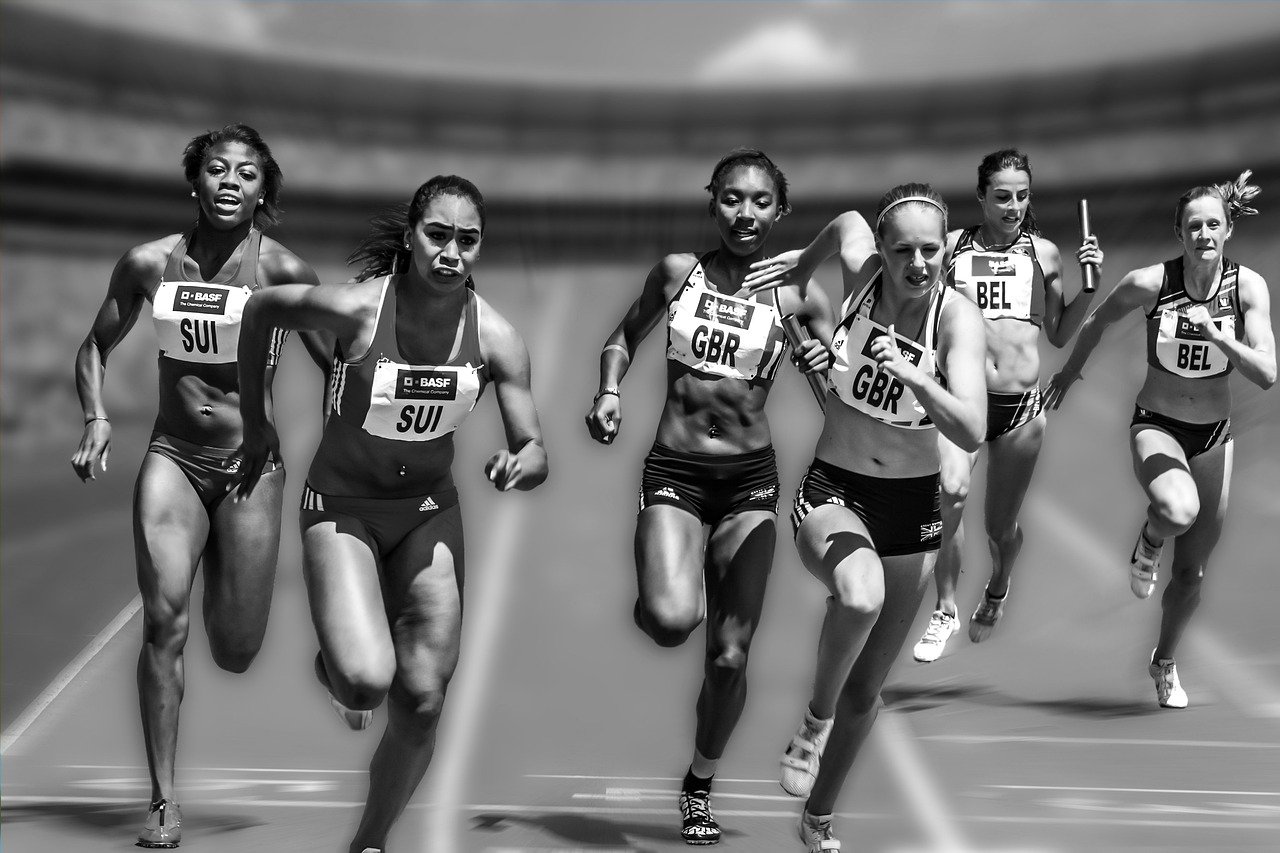Wrestling, a captivating blend of athleticism, storytelling, and showmanship, has captivated audiences for centuries. From its ancient roots to its modern-day iterations, wrestling offers a unique form of entertainment that transcends cultural boundaries. This blog post delves into the multifaceted world of wrestling, exploring its history, different styles, training techniques, the spectacle of professional wrestling, and its enduring appeal.
A Brief History of Wrestling
Ancient Origins
Wrestling’s history stretches back millennia, with evidence found in ancient civilizations across the globe. Cave paintings in France, dating back 15,300 years, depict wrestling holds. Ancient Greece held wrestling in high regard, incorporating it into the Olympic Games in 708 BC. Roman gladiatorial contests also featured wrestling as a prominent event.
- Wrestling was a key element in military training.
- Myths and legends often featured wrestling matches as a test of strength and courage.
- The sport spread throughout Asia, with variations developing in Japan, China, and India.
Modern Evolution
In the 19th century, wrestling began to formalize with the development of codified rules and organizations. Styles like freestyle and Greco-Roman wrestling emerged, emphasizing different techniques and rulesets. The modern Olympic Games retained wrestling as a core sport. The late 19th and early 20th centuries also saw the rise of professional wrestling as a form of entertainment, blending athleticism with dramatic narratives.
Styles of Wrestling
Freestyle Wrestling
Freestyle wrestling allows competitors to use their legs in both offensive and defensive maneuvers, making it a dynamic and versatile style. Takedowns, throws, and pinning combinations are all employed in an effort to score points and secure victory.
- Emphasis on agility and speed.
- Permits holds above and below the waist.
- Popular in international competitions and the Olympics.
Greco-Roman Wrestling
Greco-Roman wrestling prohibits holds below the waist, focusing on upper body strength and technique. Competitors strive to control their opponent through throws, holds, and leverage, aiming to pin them or score points based on successful maneuvers.
- Requires immense upper body strength.
- Focuses on throws and holds above the waist.
- A classic style featured in the Olympics and world championships.
Folkstyle Wrestling (Collegiate Wrestling)
Folkstyle wrestling, commonly practiced in American high schools and colleges, combines elements of both freestyle and Greco-Roman wrestling. It features a unique scoring system and emphasizes control on the mat. Riding time, the amount of time a wrestler controls their opponent on the mat, plays a significant role in scoring.
- Unique scoring system based on takedowns, escapes, reversals, and near-fall points.
- Riding time is a crucial factor.
- Popular in the United States’ educational system.
Training for Wrestling
Physical Conditioning
Wrestling demands exceptional physical fitness. Training regimens typically include:
- Strength Training: Focus on compound exercises like squats, deadlifts, bench press, and overhead press to build overall strength and power.
- Cardiovascular Conditioning: Running, swimming, and interval training to improve endurance and stamina.
- Agility Drills: Exercises designed to enhance quickness, coordination, and footwork.
- Neck Strengthening: Crucial to prevent injuries and improve stability during matches.
- Grip Strength: Developed through exercises like pull-ups and specialized grip strengtheners.
Technical Training
Mastering wrestling techniques requires consistent practice and repetition. This includes:
- Takedown Drills: Practicing various takedowns, from single legs to double legs, until they become second nature.
- Escape and Reversal Drills: Developing the ability to escape from bottom positions and turn the tables on an opponent.
- Pinning Combinations: Learning different ways to secure a pin, from cradles to half nelsons.
- Live Wrestling (Sparring): Applying learned techniques in live sparring sessions to develop timing, strategy, and reflexes.
Nutrition and Recovery
Proper nutrition and recovery are essential for wrestlers to perform at their best. This includes:
- Balanced Diet: Consuming a diet rich in protein, carbohydrates, and healthy fats to fuel training and promote muscle recovery.
- Hydration: Staying adequately hydrated to maintain performance and prevent dehydration.
- Rest and Recovery: Prioritizing sleep and active recovery to allow the body to repair and rebuild.
- Supplementation (Optional): Some wrestlers may choose to use supplements like creatine or protein powder to enhance performance and recovery. Consult with a nutritionist or coach before using any supplements.
The Spectacle of Professional Wrestling
Character Development and Storylines
Professional wrestling is as much about entertainment as it is about athleticism. Wrestlers develop unique characters, often with elaborate backstories and motivations. These characters engage in ongoing storylines that unfold over weeks, months, or even years. Storylines typically involve rivalries, alliances, and championship pursuits, creating a compelling narrative for viewers.
In-Ring Performance and Showmanship
Professional wrestlers are skilled performers who combine athletic prowess with theatrical showmanship. They execute impressive moves, deliver dramatic promos (spoken segments), and engage with the audience to create a captivating spectacle. The goal is to create a sense of drama and excitement, blurring the lines between reality and fiction.
Key Promotions and Events
The professional wrestling landscape is dominated by several major promotions, each with its own style and fanbase. Some of the most prominent include:
- WWE (World Wrestling Entertainment): The largest professional wrestling promotion in the world, known for its global reach and mainstream appeal.
- AEW (All Elite Wrestling): A rapidly growing promotion that emphasizes in-ring action and a more independent feel.
- NJPW (New Japan Pro-Wrestling): A Japanese promotion known for its strong style of wrestling and high-quality matches.
- Impact Wrestling: A long-running promotion that has featured many legendary wrestlers over the years.
The Enduring Appeal of Wrestling
Combination of Sport and Entertainment
Wrestling’s unique blend of athleticism and entertainment is a key factor in its enduring appeal. It offers the excitement of a physical competition combined with the drama of a theatrical performance.
Connection with Fans
Wrestling fans are incredibly passionate and dedicated. They invest in the characters, storylines, and the overall experience, forming a strong connection with the performers and the promotion. This sense of community is a major draw for many fans.
Universal Themes
At its core, wrestling often explores universal themes such as good versus evil, overcoming adversity, and the pursuit of dreams. These themes resonate with audiences across cultures and generations, making wrestling a timeless form of entertainment.
Conclusion
Wrestling, in all its forms, remains a captivating and enduring phenomenon. From the discipline and technical skill of amateur wrestling to the theatrical spectacle of professional wrestling, it offers something for everyone. Whether you appreciate the athleticism, the storytelling, or the sheer entertainment value, wrestling’s enduring appeal stems from its unique blend of sport and performance, connecting with audiences on a deep and emotional level. As long as there are stories to tell and rivalries to settle, wrestling will continue to evolve and captivate fans worldwide.



